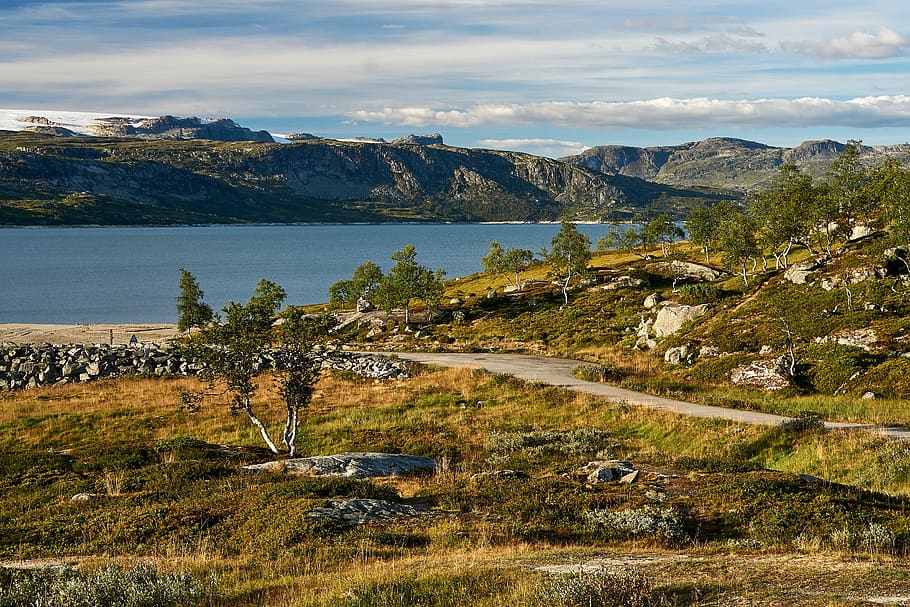In the realm of nature’s fury, a Weather Smackdown ensues as the East Coast storms go head-to-head with the West Coast earthquakes. These meteorological and geological forces of nature carve their unique imprints on the American landscape, leaving us in awe of their power and unpredictability. Let’s unravel 10 undeniable truths about how these two titans of nature, East Coast storms and West Coast earthquakes, compare and contrast in their impact and awe-inspiring displays.
1. Ferocity of Nature: Clashes of Atmospheric Titans and Tectonic Tremors
East Coast storms unleash their might through a symphony of atmospheric elements, ranging from thunderstorms and hurricanes to nor’easters. In contrast, West Coast earthquakes are the Earth’s way of shifting and readjusting its tectonic plates, causing the ground to shake and rumble with both subtle tremors and more substantial quakes.
2. Origins: Coastal Skies and Subterranean Forces
East Coast storms form in the coastal skies, fueled by warm ocean waters and atmospheric conditions that brew and intensify. West Coast earthquakes, on the other hand, originate from the movement of tectonic plates deep beneath the Earth’s surface, triggered by the Earth’s internal dynamics.
3. Impact: Winds and Waters vs. Shifting Ground
When East Coast storms strike, they bring a combination of fierce winds, heavy rainfall, and storm surges that can inundate coastal areas and cause flooding. Conversely, West Coast earthquakes cause the ground to shake, potentially leading to structural damage, landslides, and tsunamis if the quake occurs underwater.
4. Duration: Hours to Seconds
East Coast storms often brew for days, allowing communities to prepare for their arrival. The storm’s impact can last for hours or even days as it moves across the region. In contrast, West Coast earthquakes strike suddenly and are typically over in a matter of seconds, leaving little time for warning.
5. Predictability: Tracking Storms vs. Seismic Uncertainty
Meteorologists can track the formation and trajectory of East Coast storms days in advance, providing vital information for preparation and evacuation. However, the timing and intensity of West Coast earthquakes remain highly uncertain, making prediction a significant challenge.
6. Human Response: Evacuations and Emergency Kits vs. Drop, Cover, Hold On
As East Coast storms approach, communities may be advised to evacuate or take shelter, armed with emergency kits and plans. For West Coast earthquakes, individuals are advised to follow the “Drop, Cover, Hold On” protocol to minimize injury during the shaking.
7. Aftermath: Cleanup and Recovery vs. Structural Assessment
After a East Coast storm passes, communities often face the daunting task of cleaning up debris, restoring power, and rebuilding damaged structures. West Coast earthquakes trigger a process of structural assessment, repair, and rebuilding, with a focus on reinforcing buildings against future quakes.
8. Preparedness: Storm Shutters and Emergency Plans vs. Earthquake Retrofitting
East Coast residents prepare for storms by installing storm shutters, securing loose objects, and having emergency plans in place. In contrast, West Coast residents focus on earthquake preparedness by retrofitting buildings, securing heavy furniture, and creating disaster supply kits.
9. Regional Patterns: Hurricane Corridors vs. Seismic Zones
Certain East Coast regions are prone to frequent hurricanes, with the Atlantic hurricane corridor seeing a higher frequency of tropical storms and hurricanes. Conversely, the West Coast is marked by seismic zones, with the San Andreas Fault in California being one of the most well-known.
10. Long-Term Effects: Coastal Erosion vs. Geological Transformation
East Coast storms can lead to coastal erosion, reshaping shorelines and impacting ecosystems. West Coast earthquakes, over a longer timescale, can contribute to the geological transformation of landscapes, forming new landforms and shaping the topography.
In the grand Weather Smackdown between East Coast storms and West Coast earthquakes, the battle between atmospheric and geological forces rages on. While both phenomena are awe-inspiring in their own right, they remind us of the awe and power of nature. As communities on both coasts adapt and prepare, they also demonstrate the resilience of humanity in the face of nature’s majestic and sometimes turbulent displays.


